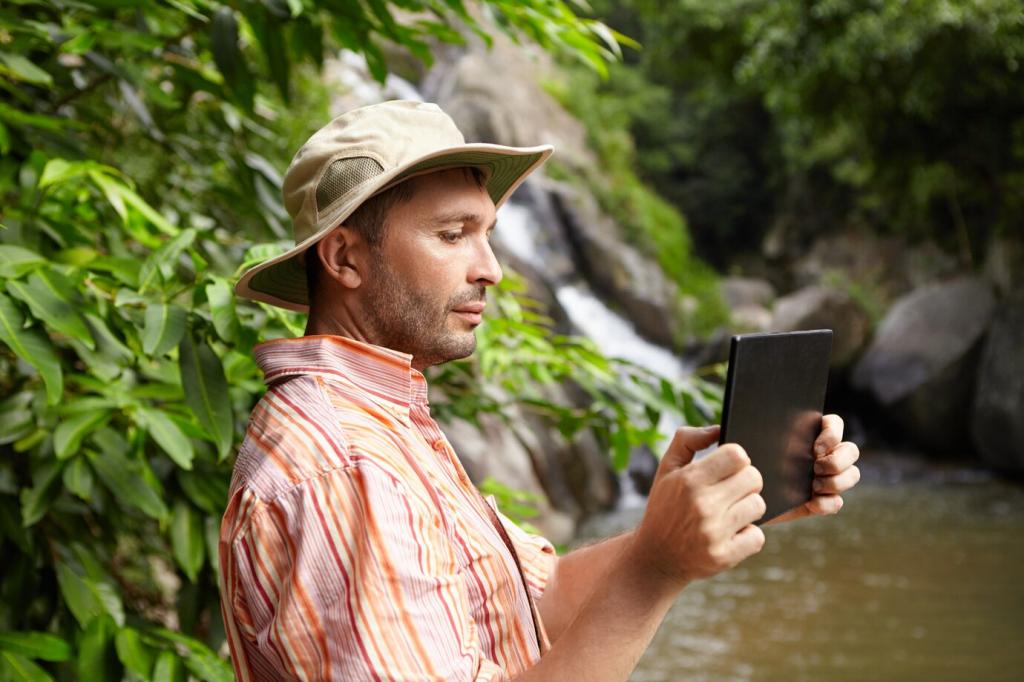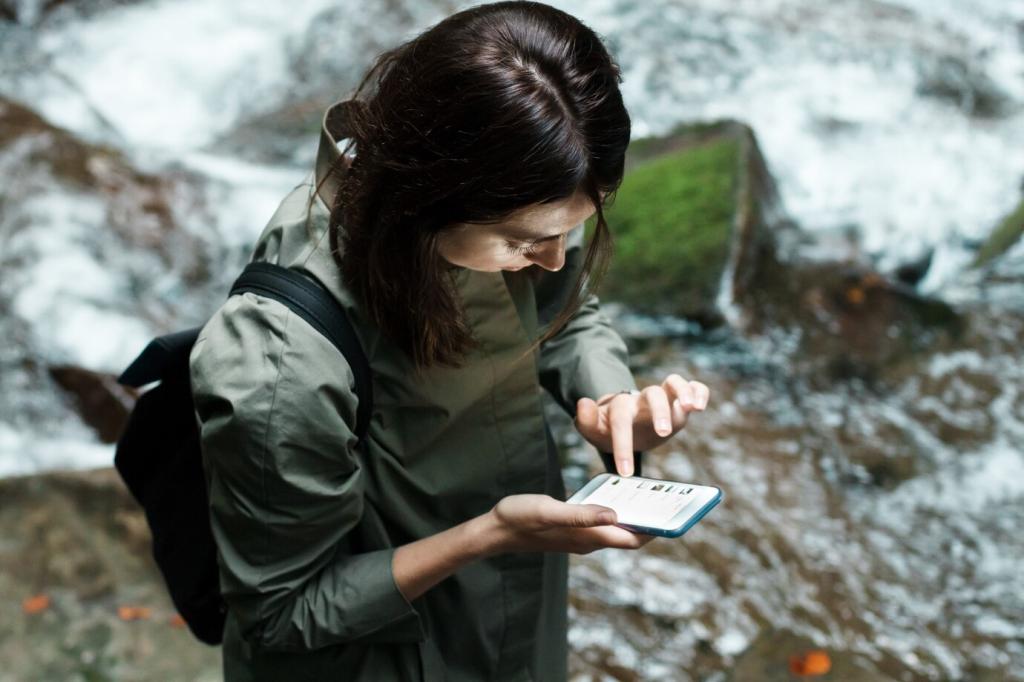
IoT in Responsible Tourism Management: Smarter Journeys, Lighter Footprints
Chosen theme: IoT in Responsible Tourism Management. Explore how connected sensors, ethical data, and community-first design help destinations protect nature, uplift locals, and delight visitors. Subscribe for field-tested insights, case stories, and practical checklists every sustainable operator can use.
From Sensors to Stewardship
Air-quality nodes near busy promenades, water meters in lodges, and bin sensors along trails create a living map of impact. Managers can spot waste overflows, water leaks, and pollution spikes early. Share your destination’s pain points, and we’ll feature tailored tactics.
Real-Time Insights for Real Places
Crowd counters and Bluetooth beacons don’t just tally visitors; they guide people toward under-visited sites, easing pressure on fragile hotspots. Operators schedule tours dynamically, while guests receive gentle nudges. Comment with your most crowded hour, and we’ll suggest dispersion tips.
Designing Experiences with Limits in Mind
IoT reveals carrying capacity as numbers you can act on—like people per viewpoint per minute, or liters of water per guest-night. With thresholds set, alerts prevent overuse. Join our newsletter to receive a starter template for capacity rules.



Biodiversity and Protected Areas
01
Acoustic sensors detect chainsaws, boat engines, or rare bird calls, while camera traps verify species presence silently. Alerts enable swift ranger action. Share a conservation challenge you face; we’ll connect you with a peer case using similar sensors.
02
Soil moisture probes and vibration sensors signal erosion risk before paths degrade. Managers reroute traffic via app guidance and on-site signage. Tell us your trail length and visitor volume, and we’ll recommend a pilot setup to protect sensitive sections.
03
Short, infrequent drone flights with edge processing reduce disturbance and data transfer. Heat signatures help locate distressed wildlife or illegal fires quickly. Subscribe to get a checklist for ethical aerial monitoring tailored to protected-area constraints.
Local Value Chains, Digitally Connected
Beacons can highlight nearby artisans when footfall rises, while inventory sensors help co-ops plan production. Visitors discover authentic goods; makers avoid waste. Comment with a craft your town is proud of, and we’ll share ways to spotlight it responsibly.
Citizen Sensing with Purpose
Residents can host air sensors, report noisy boats, or flag trail issues via simple apps. Microgrants fund devices; shared dashboards credit contributors. Tell us how locals want to participate, and we’ll feature frameworks for fair recognition and rewards.
Skills, Jobs, and Ownership
Train youth as IoT rangers and data stewards, from installing solar gateways to interpreting trend lines. Local maintenance keeps costs down and expertise rooted. Subscribe for a curriculum outline you can adapt with vocational schools or NGOs.

Stories from the Field
Low-cost buoys tracked turbidity and temperature, warning operators when snorkel sites needed rest. Fish returned, tours shifted to mangrove walks, and satisfaction rose. Share your shoreline context, and we’ll map potential sensor placements and off-peak alternatives.
Getting Started and Measuring What Matters
Pilot one corridor with occupancy sensors and water meters, publish results, and invite feedback from guides and residents. Iterate transparently. Tell us your first pilot idea, and we’ll send a one-page plan to de-risk it.
Getting Started and Measuring What Matters
Seek vendors with repairable devices, open standards, and clear ethics policies. Ask about edge processing, battery sourcing, and end-of-life recycling. Comment with shortlisted partners, and our readers will suggest due-diligence questions they’ve used successfully.
Getting Started and Measuring What Matters
Track water per visitor, energy per guest-night, waste diversion rate, occupancy smoothing, and biodiversity alerts resolved. Tie metrics to community benefits and storytelling. Subscribe for our KPI workbook linking IoT readings to planetary and social outcomes.
